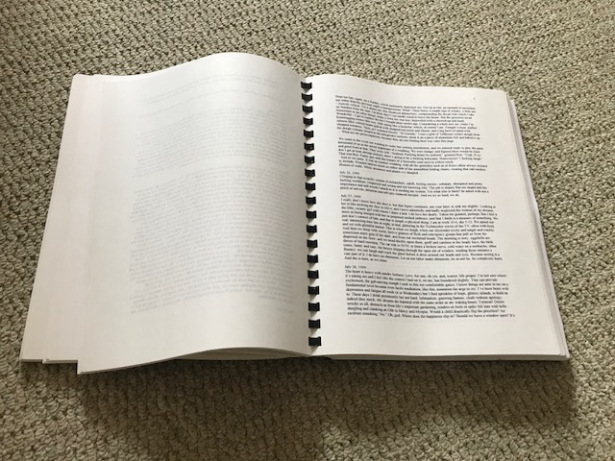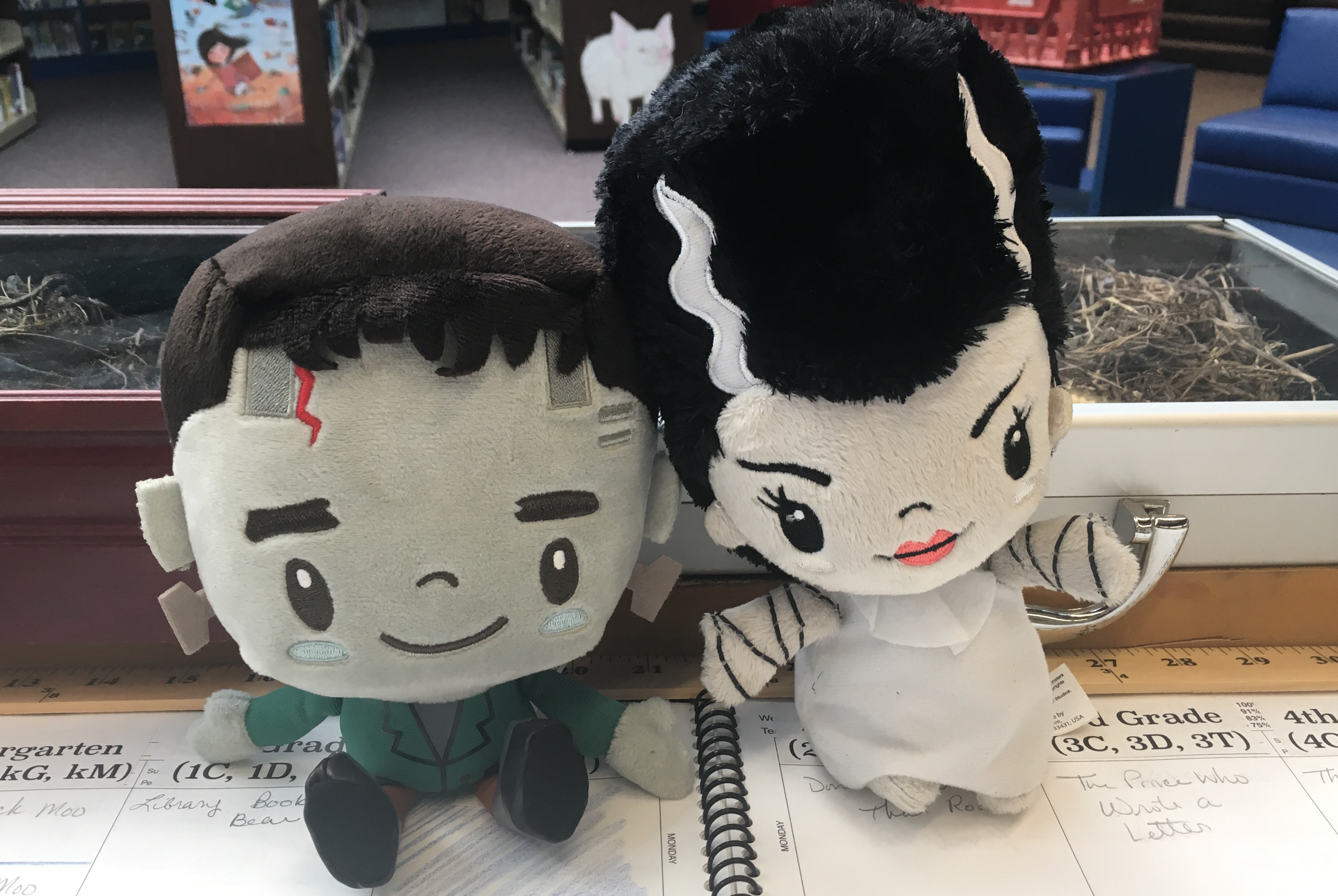Download links for: The Amish


Reviews (see all)
Write review
A bit dry and repetitive but definitely extremely detailed and informative.
Brief glimpse into modern day Amish lives. Interesting as an opener.
Excellent book on Amish life
Read by candlelight
Very informative.
Other books by History & Biography
Related articles












